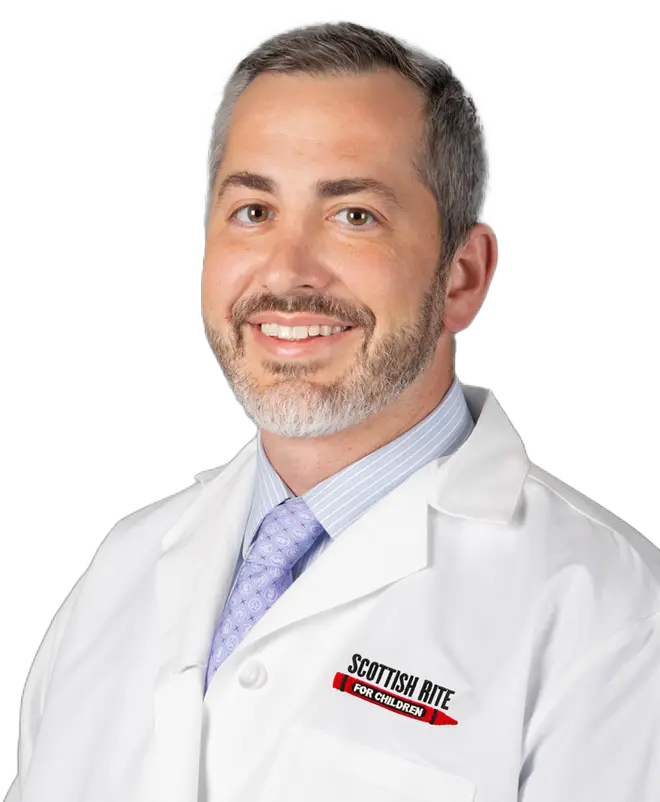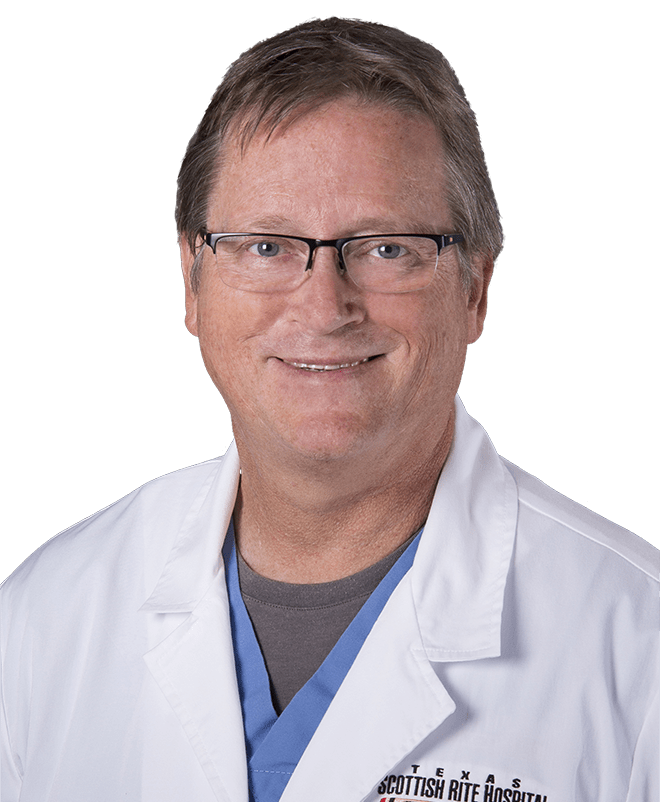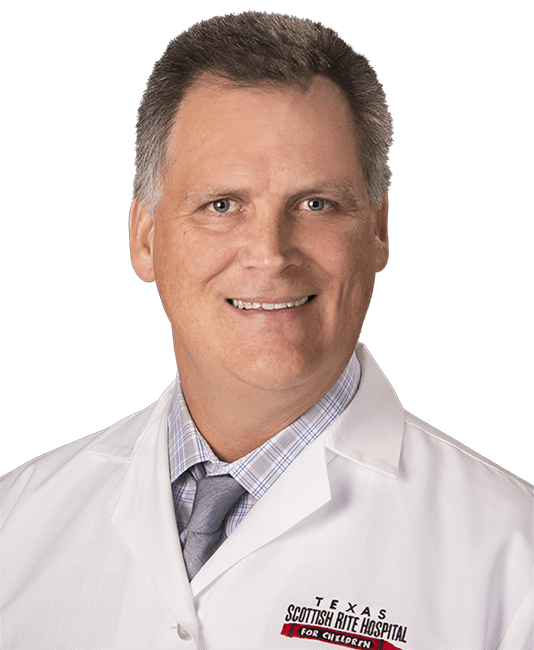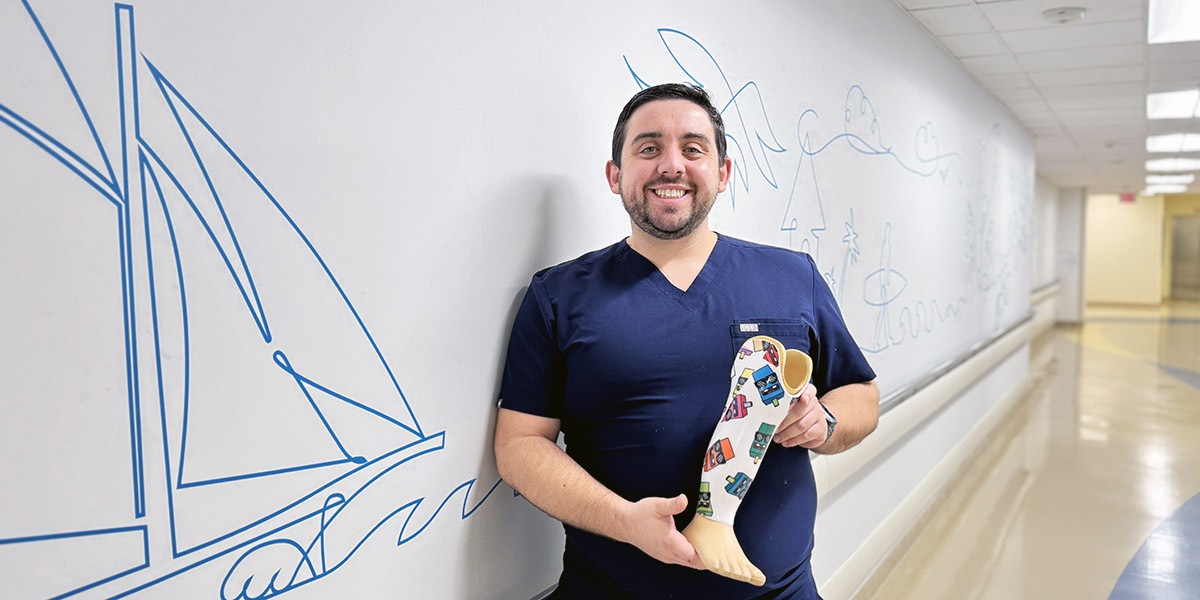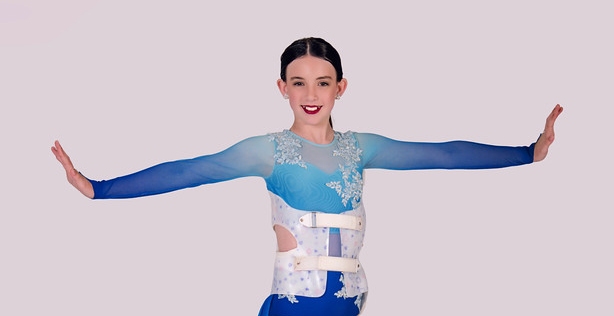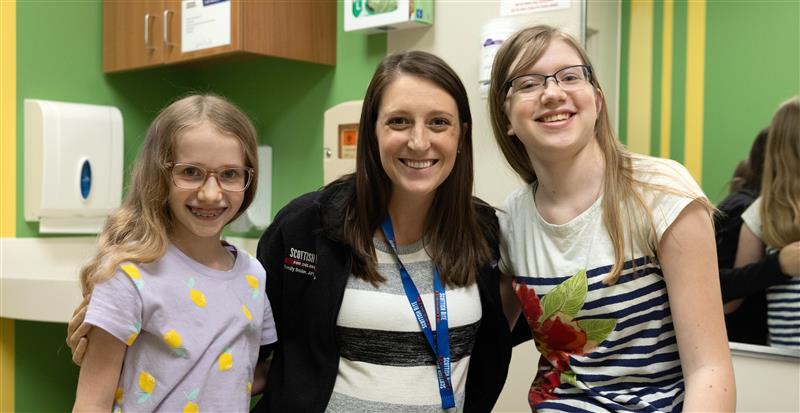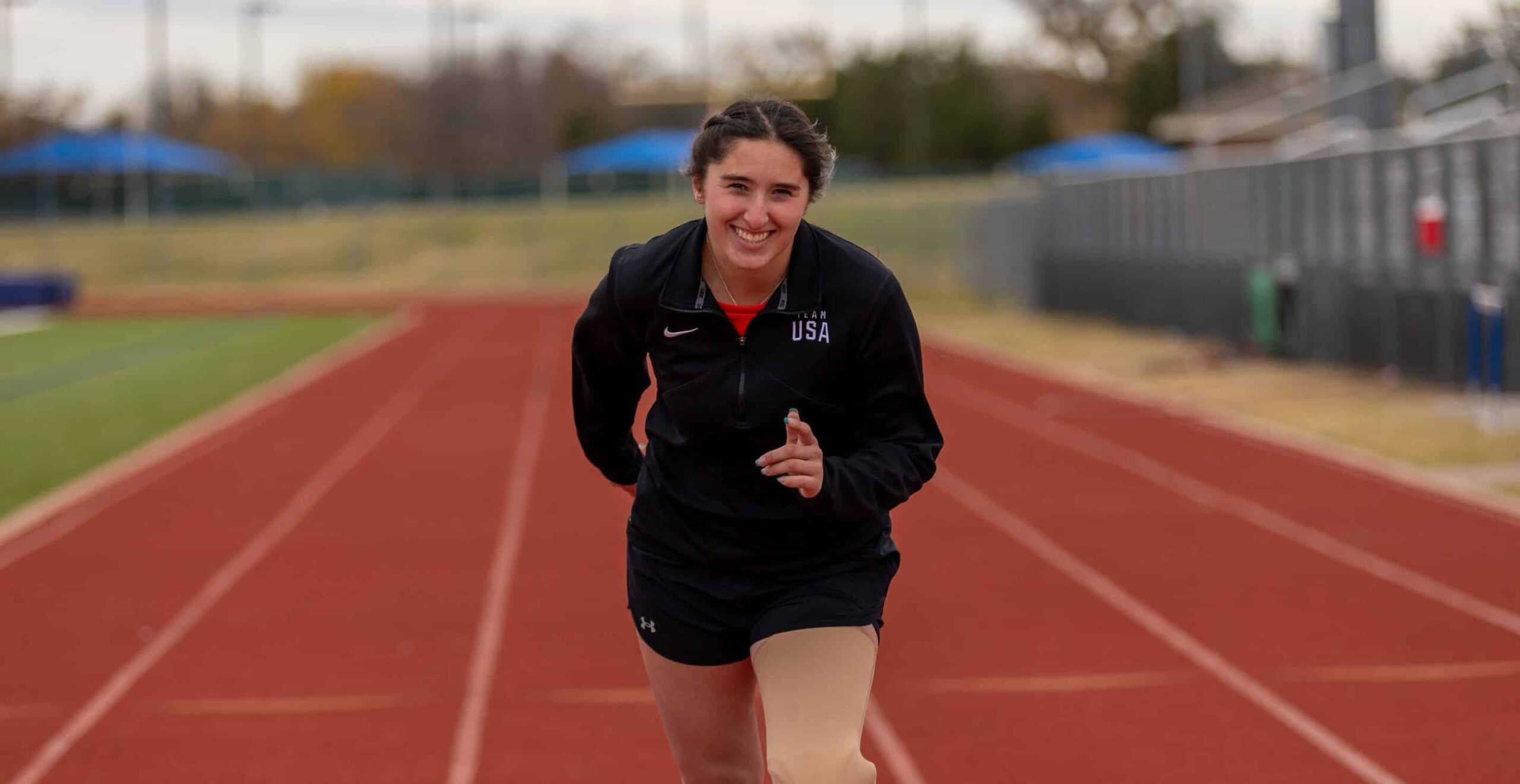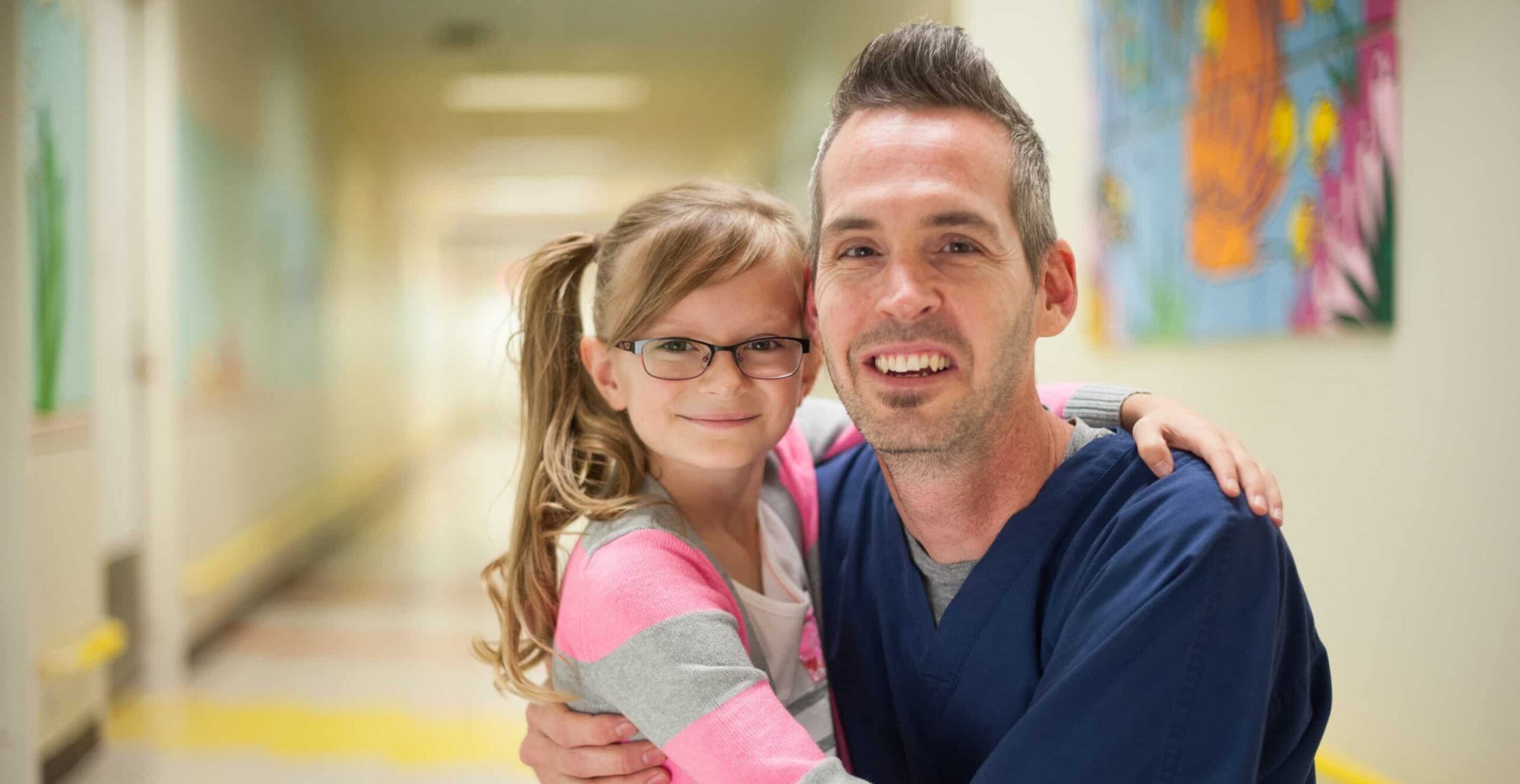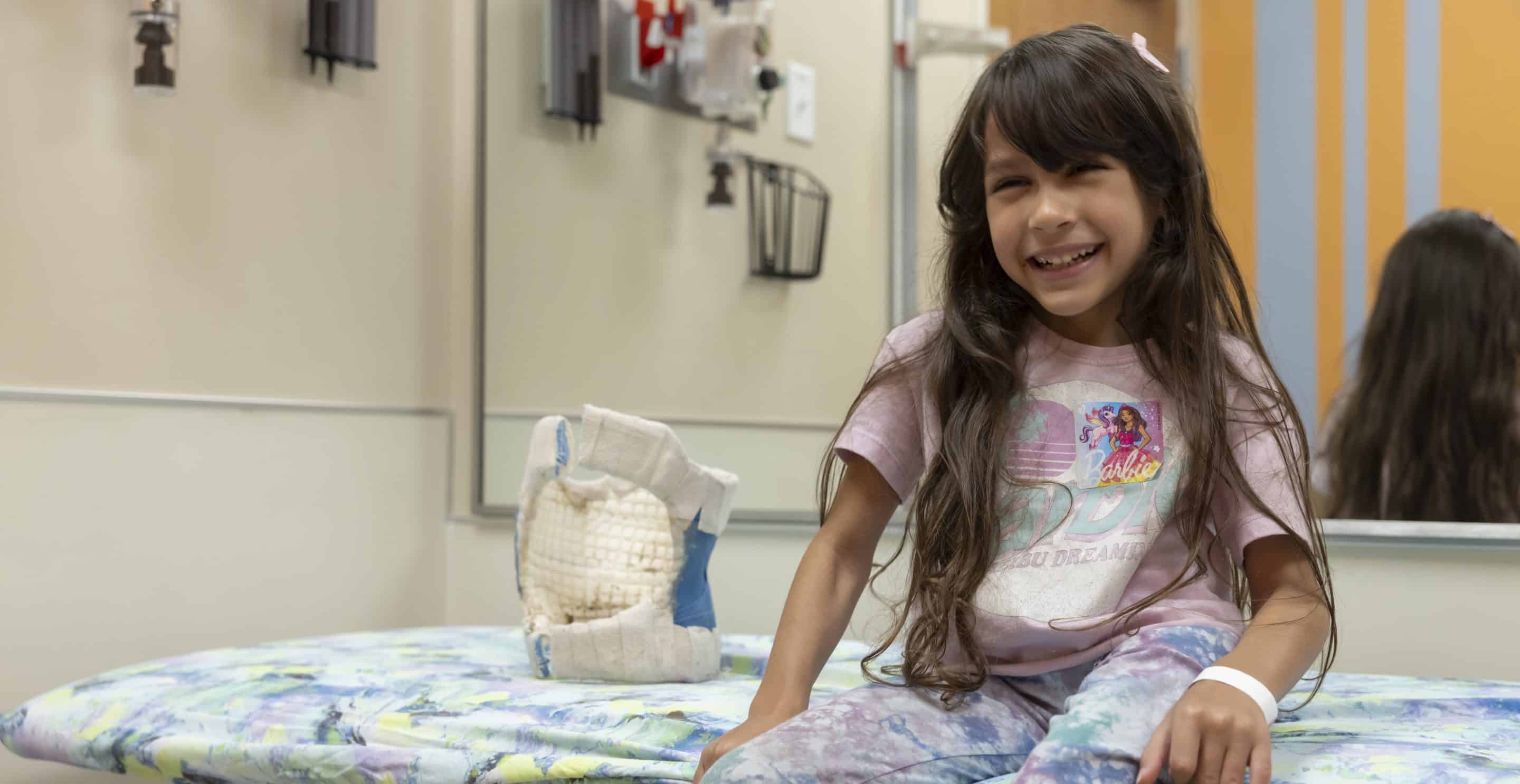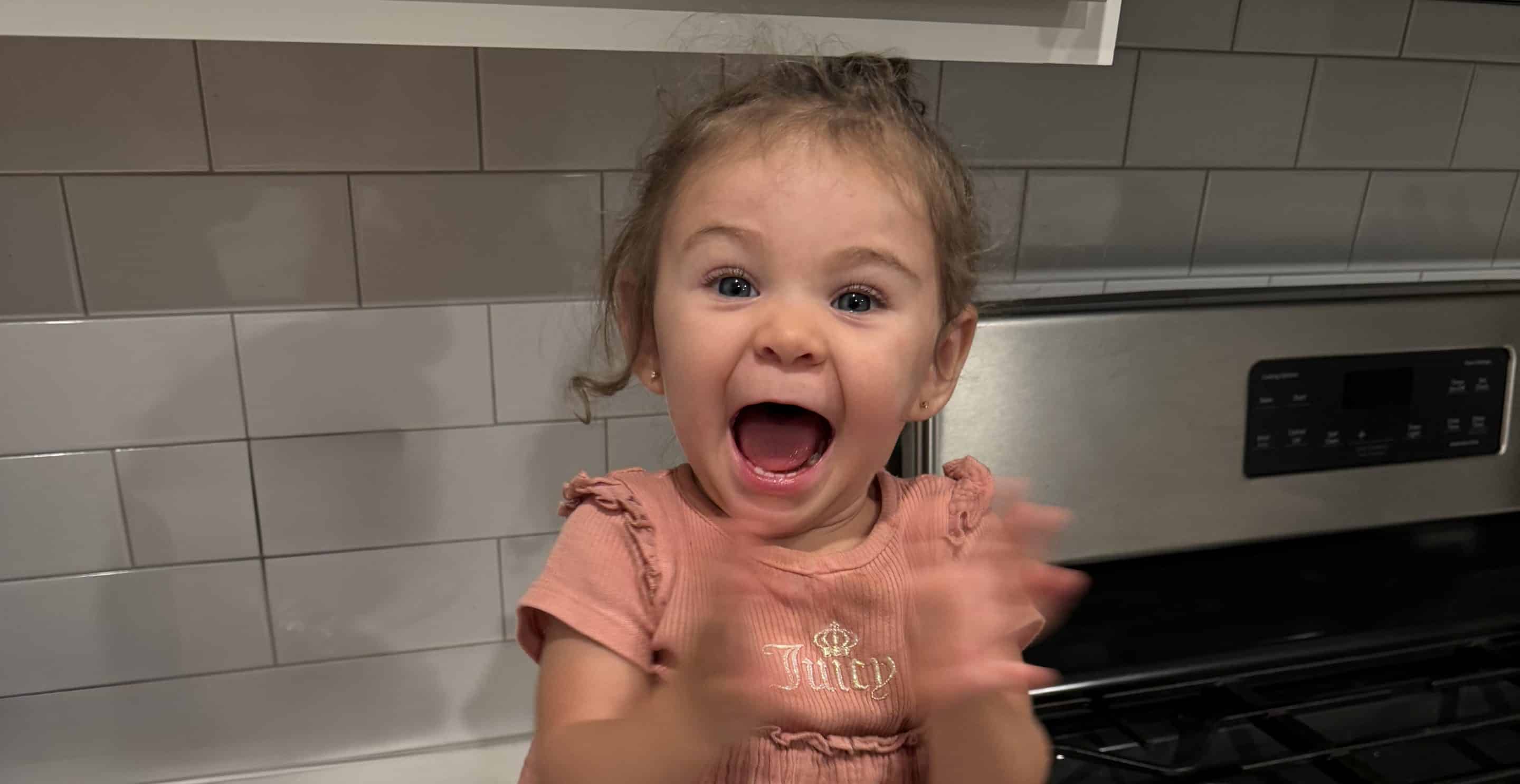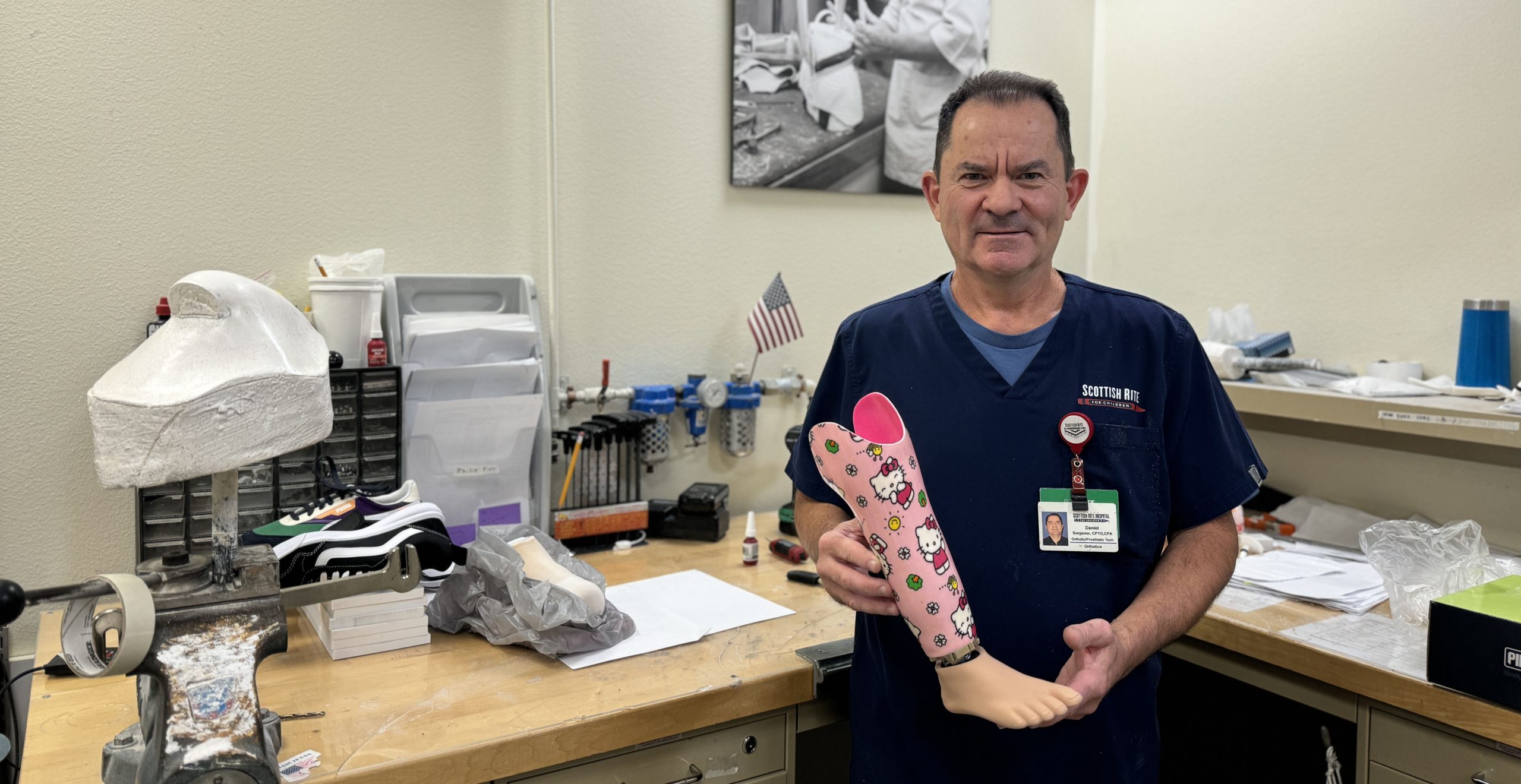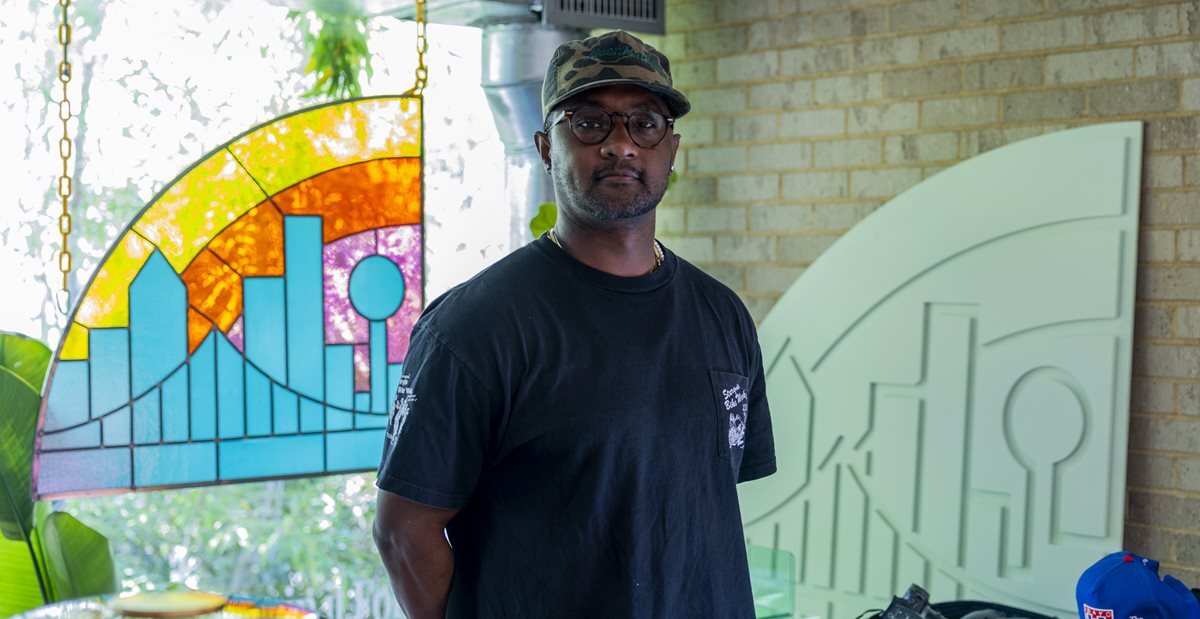Orthotics & Prosthetics
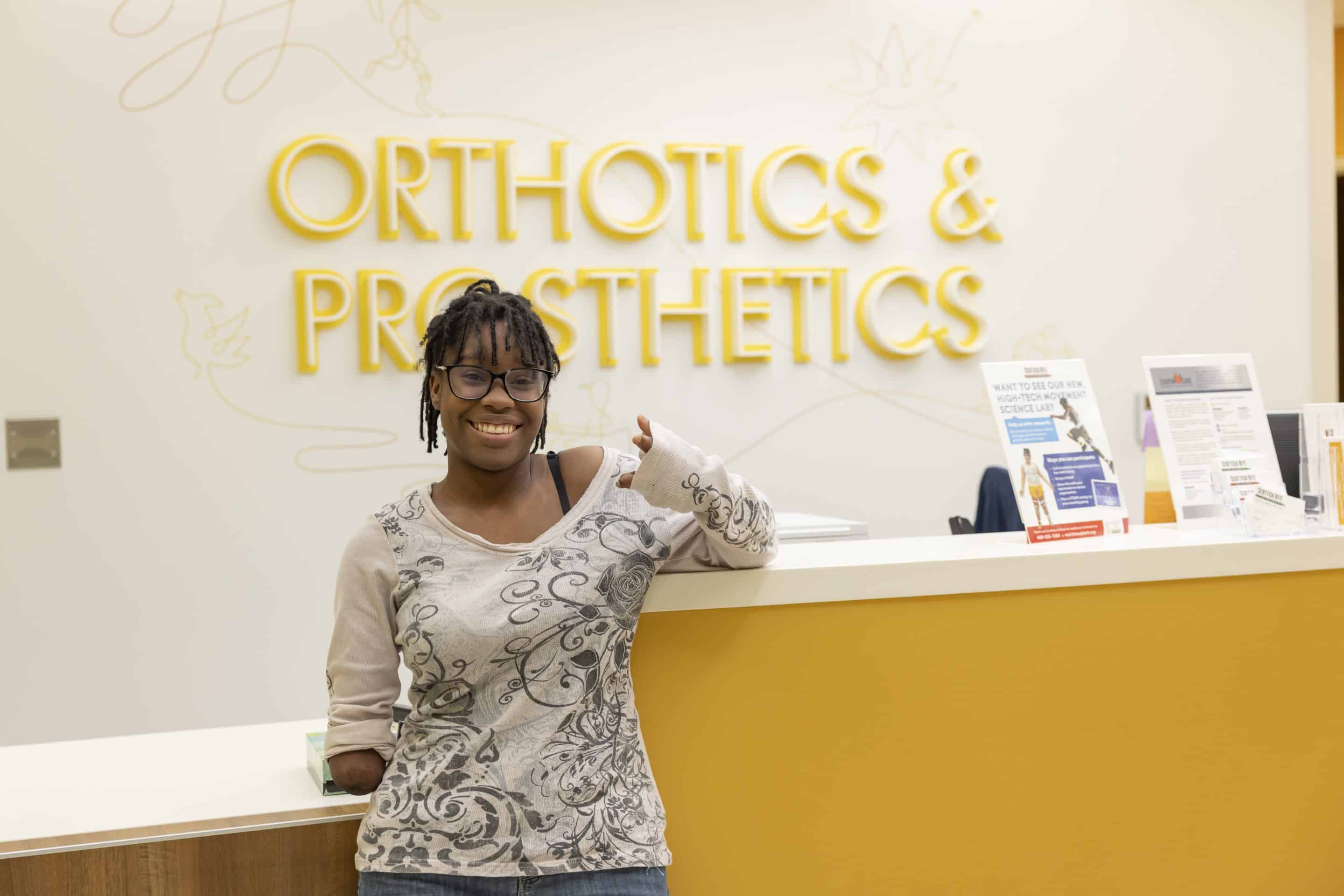
Orthotics & Prosthetics
The Orthotics & Prosthetics (O&P) department at Scottish Rite for Children provides state-of-the-art, custom-made orthoses and prostheses for patients with special orthopedic needs. Our orthotists and prosthetists provide comprehensive care through consultations, measuring, casting and molding, fitting, alignment, fabrication and follow-up visits at our Dallas and Frisco campus. Since the O&P team is on-site, they have the ability to collaborate with doctors, therapists and other medical staff during the child’s visit.
Finding Us
The O&P department is open on weekdays. Patients are seen from 8 a.m. to 12:15 p.m. and from 1 p.m. to 4:30 p.m.
At our Dallas campus, O&P is located on the lower level (L) near the “C” Bank elevators. In Frisco, the department is located on the second floor near the General Orthopedics Clinic.
The program in Specialized Prosthetics at Scottish Rite is generously supported by:

Learn more about our annual Amputee Ski Trip.
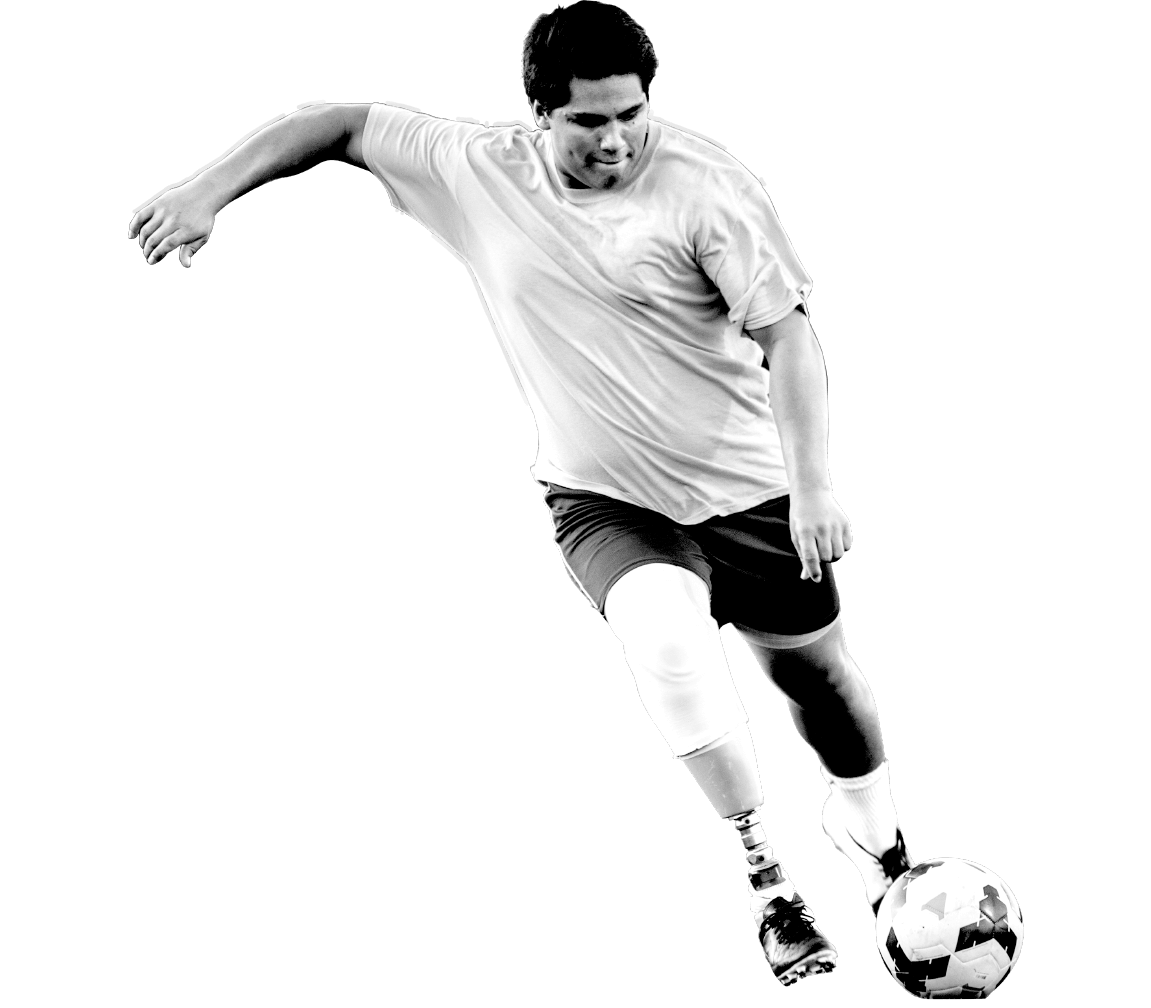
ORTHOTICS & PROSTHETICS GLOSSARY
- Orthosis – A brace
- Orthoses – More than one brace
- Orthotics – The field of study relating to braces
- Orthotist – A health care professional in the field of orthotics
- Technician – A specialist who makes braces
- Prosthesis – A device that replaces a missing part of the body
- Prosthetist – The person who designs and fits your prosthesis
- Prosthetics – The art and science of making prostheses
PREPARING FOR YOUR VISIT
You will be seen in an orthopedic clinic by a team that includes your doctor, prosthetist or orthotist, physical or occupational therapist, nurse, and psychologist. Orthotic and prosthetic devices need to be prescribed by a physician at Scottish Rite for Children. Once the prescription and treatment plan are developed, your child will be scheduled for the same day or a future appointment with the next available prosthetist or orthotist. If you prefer to see the same person each time you visit, you may call us in advance to schedule an appointment. At various times, a technician may step in to assist with repairs or various steps in the fabrication process.
Each time you come for an appointment, please bring all equipment the child uses, including the prosthesis or orthosis, any socks, liners or special pads, crutches, walkers, etc. For lower limbs, please also bring a pair of loose-fitting shorts. This allows us to more easily take casts or measurements and to check and modify the devices as needed. For arm prostheses, a loose-fitting T-shirt or tank top is preferred.
Each orthosis is custom-fitted, with many being custom-fabricated specifically for a child, often by using a mold to appropriately size the orthosis and reshape key areas based on the child’s orthopedic needs. When making a custom device, we typically mold the patient at the first visit and see them back in approximately two weeks for fitting and delivery of the device. As a patient grows, the orthotics team makes adjustments to the brace or braces to ensure a good fit. A brace typically lasts about one year before needing to be replaced due to growth.
Orthotists and technicians monitor and adjust shoes and braces throughout the treatment process, ensuring that each child receives the best care possible. They also add lifts to patients’ existing shoes when needed due to differences in leg length.
Our staff prosthetists create a custom-made prosthesis for each patient. It takes approximately four to six weeks to complete the first three stages of developing a prosthesis. When required, physical or occupational therapy is provided on-site, usually over a one- to two-week period. If ongoing outside physical therapy is required, the Physical Therapy department can help you make those arrangements. The steps to make a prosthesis include:
- Evaluation, Measurement and Molding (Casting): 1-2 hours
- Test Socket Fitting: 1-2 hours
- Alignment/Wearing Trial: 2-4 hours
- Delivery: 1-2 hours
- Training (Physical or Occupational Therapy, If Needed): Usually 1-2 hours per day, over several weeks
Prosthetics staff members also work closely with therapists who train patients to use their prostheses in everyday activities. Physical therapy or occupational therapy is usually required for first-time prosthetic fittings and when a major change in prosthetic design or patient goals requires further training. Patients should bring their most recent prosthesis to each appointment and wear clothes appropriate for being casted or measured.
- Impression/Measurement Stage: Prosthetists make a plaster mold of the child’s residual limb that will be fitted.
- Test Fitting: The child is fitted with a clear plastic socket.
- Alignment: Components such as feet and knees are added. The child is given some initial training and a chance to try out the system. Usually, temporary, adjustable components are used so that changes to the position, height and angle of the prosthesis can be made.
- Physical Therapy: The child receives in-depth training on how to use the device, how to gradually apply more weight onto the prosthesis and how to do other routine activities, such as climb stairs.
- Delivery: After the child goes through alignment and training, the prosthetic components are attached in a more permanent, durable way. The device is then completed with a cosmetic finish. Each child determines how their prosthesis looks. Some are skin-toned and natural looking, and some are sporty and brightly colored, while others may not have a cover at all, looking a bit more “high tech.” These choices reflect the needs and preferences of the person wearing the device.
- Follow-up: Because children grow quickly, they are usually seen at least four times per year for adjustments to the prosthesis. On average, prostheses need to be replaced about every 15 months.
Latest news: Orthotics & Prosthetics
Get to Know Our Staff: Eddie Krische, Orthotics & Prosthetics
What is your job title/your role at Scottish Rite?I am a pediatric orthotist and prosthetist, which means I am basically part engineer, part problem solver and part cheerleader for children who are…
KCBD: Keegan Shares Story At West Texas Golf Classic
The West Texas Golf Classic brought golfers together to raise funds and awareness for Scottish Rite for Children. Among the crowd was the Ratliff family from Mason, Texas. Their son Keegan was…
Grace in Motion: How Kathlynn Found Her Inner Strength With Scoliosis
For Kathlynn, of Waxahachie, Texas, dance is not just a hobby. It is an outlet for expression that brings joy. Just days after Kathlynn’s 10th birthday, she and her family went to…
One Diagnosis, Two Unique Journeys: Ellie and Josie Take On Scoliosis Together
With an insatiable love for reading, 13-year-old Ellie and 10-year-old Josie, of McGregor, Texas, have always turned the page of their story together, even as they face scoliosis side by side. Their…
Chloe Races Toward Her Future
Previously published in Rite Up, 2025 – Issue 1 “This is me, this is who I am, and I am not ashamed of it,” says 17-year-old Chloe, of Panhandle, Texas. She lives…
Texas Country Reporter: The Artistic Prosthetist Dwight Putnam
Dwight Putnam discovered that his artistic talent could transform the lives of children at Scottish Rite for Children. He transitioned from working as a sculptor to a prosthetist, finding his calling in…
Micaela’s Road to Confidence Through Expert Care
Micaela, of Northlake, Texas, is described by her family as the \"ultimate girly girl.\" She can often be seen arriving to her appointments at Scottish Rite for Children wearing pink or purple…
Aurora’s Energy Shines Bright with Her Limb Difference
Aurora, age 2, is bursting with energy and enjoys playing with dolls and having tea parties with her family. She was born with fibular hemimelia, a rare condition that caused her fibula,…
Get to Know Our Staff: Dan Surgenor, Prosthetics and Orthotics
What is your job title/your role at Scottish Rite?My role at Scottish Rite is to fabricate orthotic and prosthetic devices. What is the most fulfilling part of your job? The most fulfilling…
A Fab Collab With By Way of Dallas – Building Connection by Changing the Conversation
Cover story previously published in Rite Up, 2024 – Issue 2. by Kristi Shewmaker Hance Taplin is a connector. In 2011, he founded By Way of Dallas to connect both sides of U.S. Highway…


